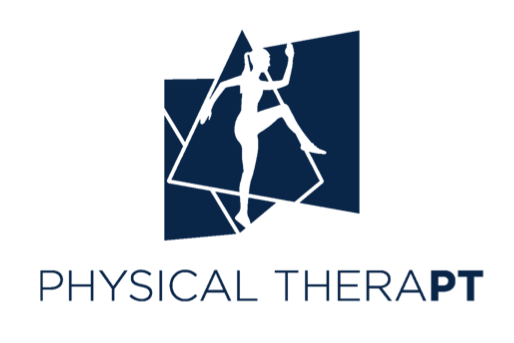For the majority of our upper extremity athletes, the toughest opponent they face is their screen. Here in the Capital of Tech, the hour or two you spend on the field may be the only break from technology. With the challenges of the last year, we’re all spending more time online and on a screen than ever before. While intuitively we all recognize that increased screentime can lead to decreased performance, this post will help break down the impact on upper extremity athletes.
Daily Posture
Start by assessing your resting posture. Look at the position of the head, neck, shoulder and arms relative to the torso. All too often when working on a laptop or handheld device we find ourselves seated with shoulders slumped, looking down, arms and hands together at chest center. Sound familiar?
This will impact your resting breathing posture, as well as your anterior chest and neck muscle tone. The closed position of the throat and rib cage requires the body to work harder and recruit different muscles to inhale and exhale, potentially overusing some muscles in the neck. Adducting the arms, or bringing them together in front of the chest, shortens the muscles of the chest causing them to tighten. The muscles in the back are put in an over-lengthened position, causing them to atrophy due to lack of use. This combination of tight and weak muscles makes it more challenging to find and maintain your athletic posture when you need it.
Finding Balance + Repetitive Behaviors
Using the body described above as our example, the strength imbalance and shoulder position will impact throwing mechanics. To rebalance the system, more emphasis needs to be placed on pulling exercises. This allows the muscles in the upper back to contract while lengthening the muscles in the chest. To compliment this work, incorporate focused dynamic chest stretching and thoracic spine mobility to re-enforce these new postures.
Looking to the back of the body, scapular control is equally essential for throwing mechanics. The scapula has limited ligamentous attachments- it’s the reason the shoulder has such a large range of motion. The catch? The scapula relies more heavily on muscular control than other joints. If you plan on throwing longer and faster, you need to have the eccentric strength to slow all that extra power down. Building a stable foundation (and maintaining it) requires regular rotator cuff strengthening- try incorporating these exercises into your pre-practice warmup or post-strength cool down.
Daily + Weekly Load
Every single athlete, no matter the level, needs recovery days. These low intensity days are the body’s chance to “recharge and download” new movement patterns and muscle fibers. Consistent optimal load to rest ratios will ultimately result in increased durability. To start tracking your load, try this simple low tech strategy:
Upon completing a workout or competition, rate the session using the scale. Multiple that number by the duration of the session in minutes. Track these numbers daily. On a weekly or monthly cycle, aim to create a soft waves rather than dramatic spikes and gaps in activity. Use this chart to plan for important competitions and heavy training days.
M.Gibala Ph.D.
Recovery is not synonymous with rest. Several of our highly competitive athletes have balked at the idea of a rest day, envisioning being confined to the couch for the day. Instead, think about recovery in the following areas:
Getting adequate sleep following training (7 hours or more!)
Optimizing soft tissues between sessions (massage, foam roll, stretching, etc)
Rebalancing consumed macro + micro nutrients (Protein AND electrolytes)
Diversifying your skills by trying new sports or activities (VR for reaction time, or swimming for reciprocal rotation)






